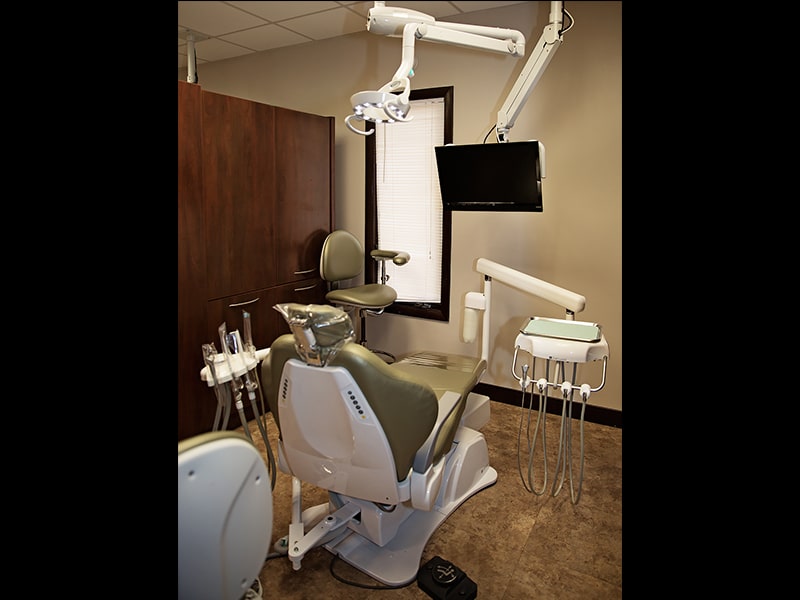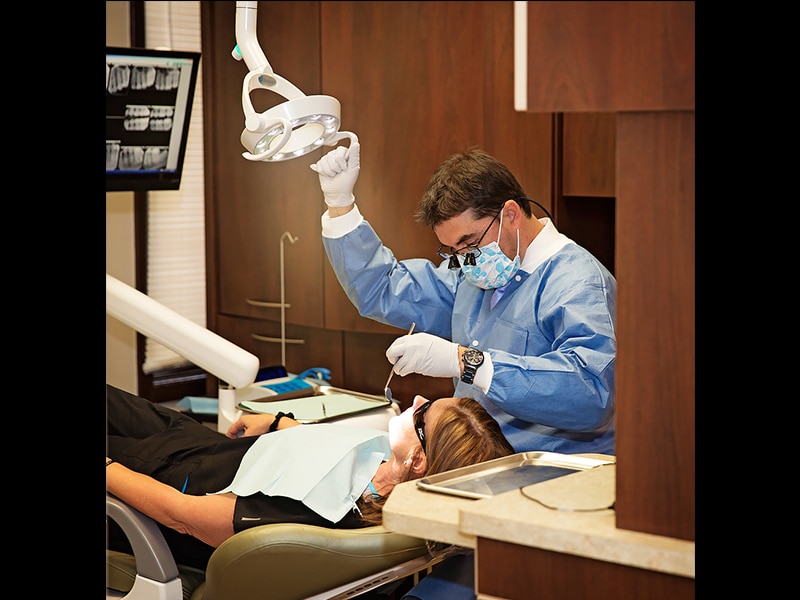There is only one secret towards having a healthy set of teeth: proper dental hygiene. It brushing your teeth twice a day, flossing daily and visiting your dentist regularly. Some people may even go as seriously as watching their diet to make sure they don’t eat or drink anything that will damage their teeth such as soft drinks, smoking or limiting their intake of acidic food. Making sure your teeth are clean is good but sometimes, it might not be enough.
Your teeth might be healthy, but how about your gums? Your dental health is not just composed of your teeth, but your entire mouth – including your gums. Experts recommend brushing our teeth at least twice daily; but there will be times when a simple brushing at home can’t let you achieve optimum oral health, especially when you missed a couple of visits to your dentist. In this case, deep teeth cleaning is necessary. Deep teeth cleaning may sound like something you should do when you haven’t done dental cleaning for quite a long time now. Well, it is a type of cleaning method but it is usually done to treat gum diseases.
Gum disease
When your gums bleed more often and feel sore, most probably you have gingivitis or what we call the early stage of periodontal disease. Don’t worry, gingivitis can be treated. However, it is important that you do deep teeth cleaning in order to properly address the inflammation.
When you have gum disease, a simple brushing of the teeth is not helpful at all. The need for deep teeth cleaning is important so your dentist can better assess your dental health. The term deep teeth cleaning might sound scary, but it is a necessary procedure to keep your dental health in its best state and to ensure that you don’t have any gum diseases that might develop into something serious.
What happens during deep teeth cleaning?
So, what to expect during deep teeth cleaning? First of all, an evaluation called Comprehensive Periodontal Evaluation or CPE is necessary prior to the deep teeth cleaning process. Part of the CPE will include the use of an instrument called a periodontal probe. It is designed to measure the depth of the spaces or periodontal pockets.
If your periodontal pockets are way beyond normal, it can be an indication that you have gum disease and are in need of deep teeth cleaning. Once you are diagnosed with gum disease, your dentist will remove the infected tooth structure through a process called root planing. Make sure to let your dentist know if you feel any pain during the procedure so you can ask your dentist to numb the area for you. Once the roots have been planned, the gum tissues will heal in time and as a result, pockets will not be as deep as they were before.
You may need to do a follow-up checkup so that your dentist can make sure that your teeth and gums are healing properly. Don’t lose your confident smile, protect your gums and teeth by visiting your dentist regularly.











